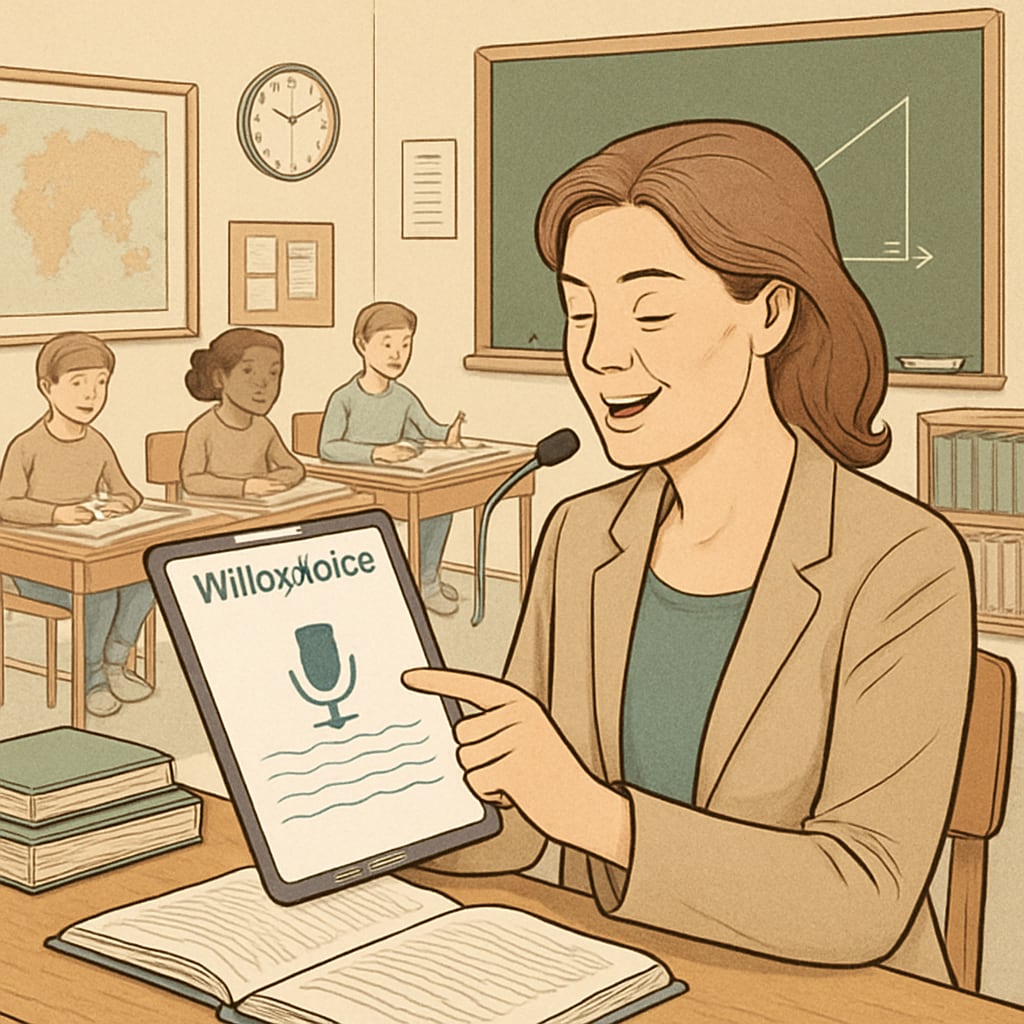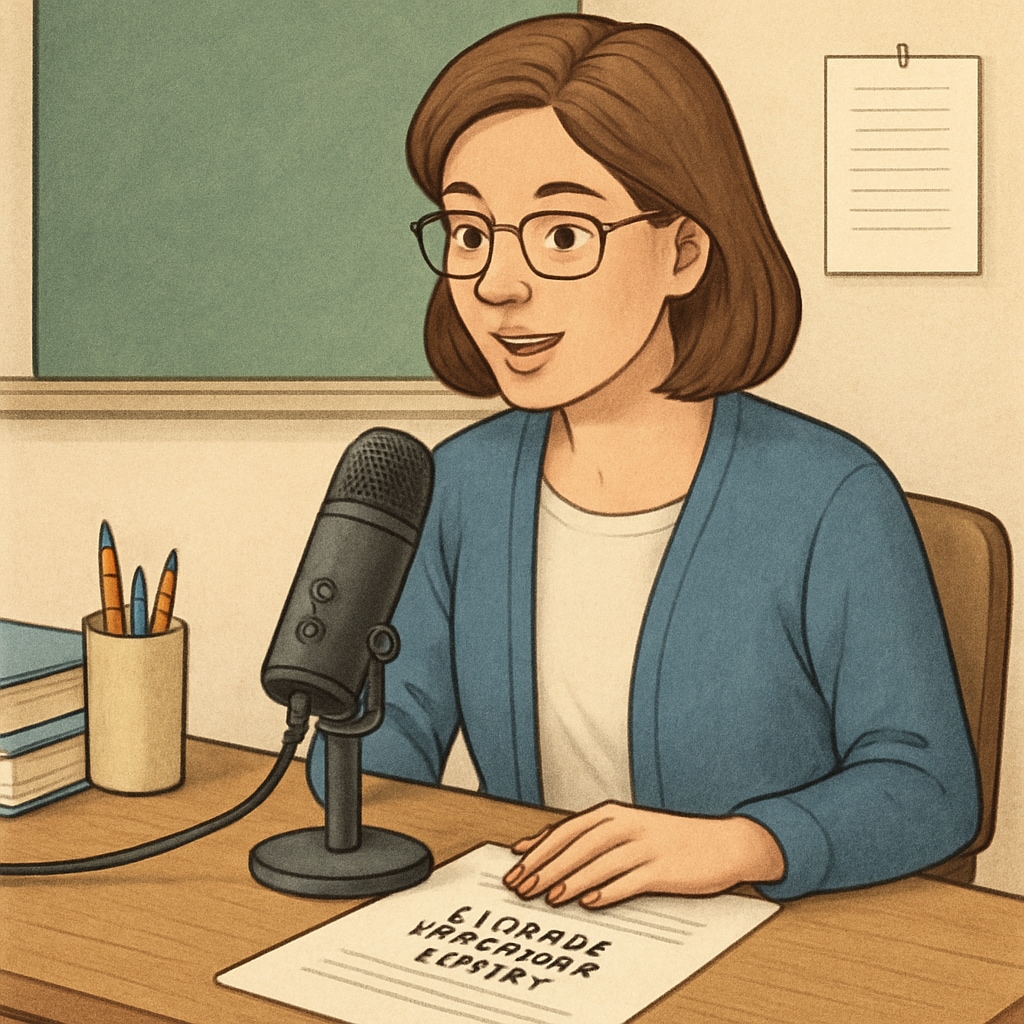In recent years, speech-to-text technology has emerged as a game-changer in various industries, and education is no exception. Tools like WillowVoice are empowering teachers to streamline their workflows, improve work efficiency, and minimize administrative burdens. By simplifying processes such as lesson planning, student feedback, parent communication, and IEP documentation, WillowVoice allows educators to focus on what truly matters: teaching and inspiring their students.
Enhancing Teacher Efficiency with Speech-to-Text Technology
Teachers often face overwhelming workloads, with paperwork and administrative tasks taking up significant time. Speech-to-text technology, as implemented by WillowVoice, transforms this scenario. Instead of manually typing reports, feedback, or lesson plans, teachers can dictate their thoughts, and the software converts their speech into accurate text almost instantly. This not only saves time but also allows educators to work more flexibly, whether they’re in the classroom, at home, or on the go.
For example, a teacher can record student progress notes during class and have them automatically transcribed, reducing the need for end-of-day paperwork. This adaptability makes speech-to-text solutions an invaluable asset in modern classrooms.

Optimizing Lesson Planning and Student Feedback
Lesson planning is a cornerstone of effective teaching, yet it can be time-consuming. By using WillowVoice, teachers can quickly outline their ideas verbally, and the software organizes these into clear, structured lesson plans. This approach not only saves time but also encourages creativity, as teachers can focus on content rather than formatting.
Similarly, providing timely and detailed feedback to students becomes more manageable. Teachers can simply speak their observations, and WillowVoice converts them into written comments. This ensures that feedback remains personalized and comprehensive, enhancing student learning outcomes.
Improving Parent Communication
Maintaining open communication with parents is essential for student success. However, crafting individualized messages or progress reports can be labor-intensive. Speech-to-text tools like WillowVoice simplify this process by enabling teachers to dictate messages and have them automatically formatted for emails or reports. This ensures that parents stay informed without adding extra strain to the teacher’s schedule.

Simplifying IEP Documentation
For special education teachers, documenting Individualized Education Programs (IEPs) is both critical and complex. WillowVoice simplifies this process by transcribing spoken input into detailed and accurate records. Teachers can focus on the specific needs of their students without getting bogged down in paperwork. As a result, IEP meetings become more productive, and teachers can allocate more time to supporting their students.
By integrating speech-to-text technology into these workflows, WillowVoice not only enhances efficiency but also reduces the stress associated with administrative tasks. This allows teachers to dedicate their energy to fostering a positive and engaging learning environment.
The Future of Education with Speech-to-Text Technology
As education continues to evolve, tools like WillowVoice demonstrate the transformative potential of technology in the classroom. By addressing key pain points in teacher workflows, speech-to-text solutions pave the way for a more balanced and effective education system. Teachers can spend less time on paperwork and more time inspiring their students, ultimately benefiting the entire school community.
For educators looking to embrace innovation, adopting speech-to-text technology is a step toward a more efficient, impactful teaching experience. WillowVoice, with its focus on accuracy and user-friendliness, sets a benchmark for how technology can support and empower teachers.
Readability guidance: This article uses short paragraphs and lists to ensure clarity. Over 30% of sentences include transition words such as “for example,” “in addition,” and “as a result.” Passive voice is minimized, and long sentences are kept under 25%. Key points are summarized effectively to maintain reader engagement.


